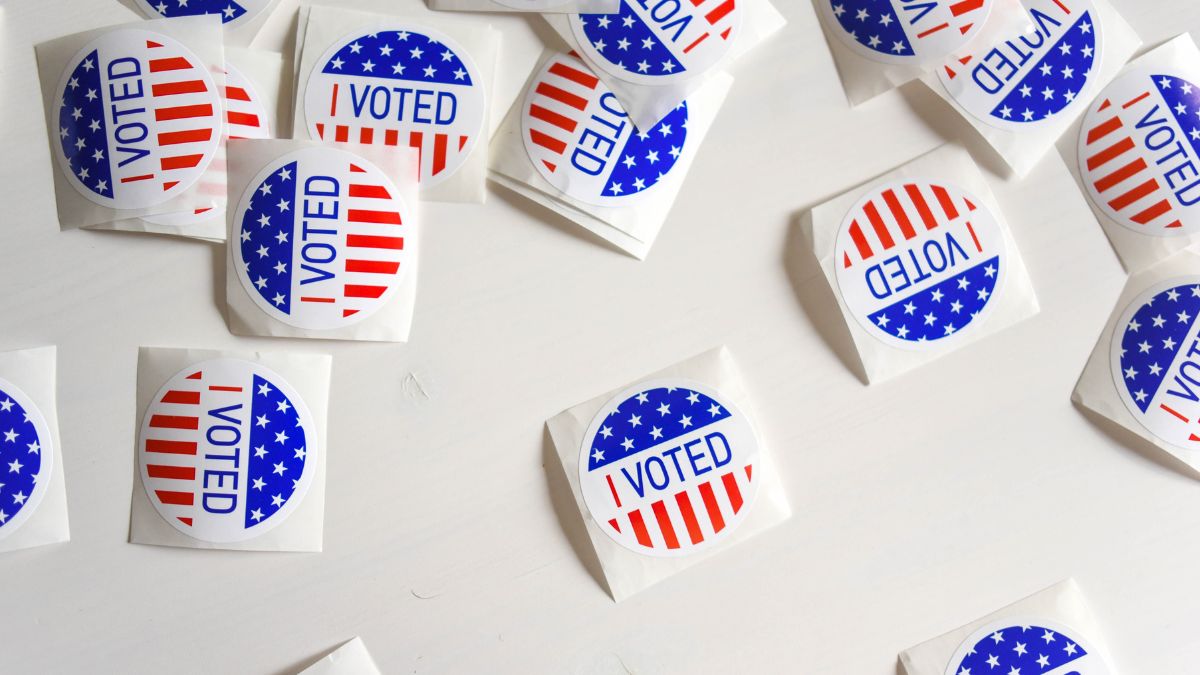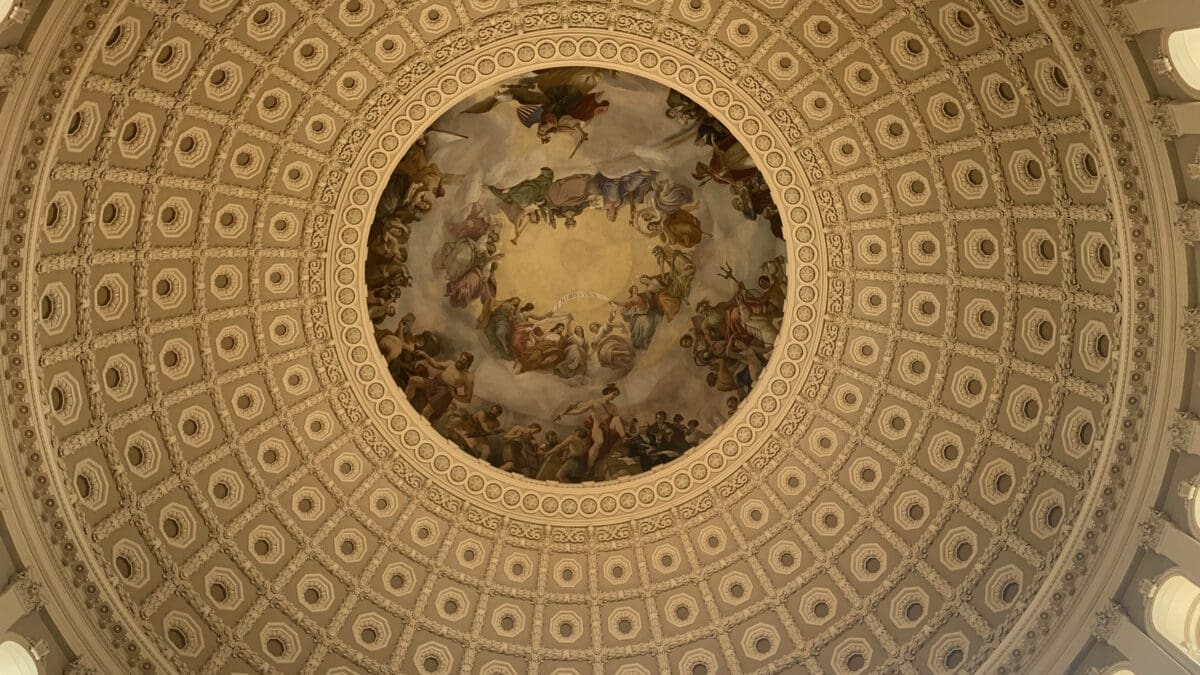News
With thousands of child care programs in Utah and other states at risk of closing, Democrats press for more money

Photo: Unsplash // Element5 Digital
WASHINGTON — Democrats in Congress are pushing for a new round of money to keep the nation’s child care industry afloat, saying thousands of programs are at risk of closing when federal pandemic relief runs out this month.
Legislation introduced in both chambers on Wednesday would provide $16 billion a year over the next five years, awarded as grants to help child care programs cover everyday costs. It’s meant to replace $24 billion in relief that was passed in 2021 in the American Rescue Plan and is set to expire Sept. 30.
With no Republican support, the bill faces an uphill battle in Congress.
Without a new lifeline, child care programs serving millions of families could close or increase prices. For many, the federal aid only postponed the financial turmoil that threatened their survival before the pandemic.
“There was a child care crisis even before the pandemic — and failing to extend these critical investments from the American Rescue Plan will push child care even further out of reach for millions of families and jeopardize our strong economic recovery,” said Sen. Patty Murray, D-Wash., a sponsor of the bill.
Other sponsors include Sen. Bernie Sanders of Vermont and Rep. Katherine Clark of Massachusetts.
A June report from The Century Foundation found that without additional money, about 70,000 child care programs would probably have to shut down after this month. That amounts to a third of all programs that received the federal pandemic grants. States distributed the aid in different ways, and many providers already have spent their grants. Either way, the last of it must be spent by Sept. 30.
Utah, Arkansas, Montana, Virginia, West Virginia and Washington, D.C., are at risk of seeing half their licensed programs close, the think tank reported. In total, the programs in jeopardy serve about 3.2 million children.
Hoping to buffer the industry against the upheaval of the pandemic, Congress created a child care stabilization program in 2021. States were given a total of $24 billion to distribute to local programs. It helped more than 220,000 programs, often being used to pay staff or cover rent and utilities, according to the Department of Health and Human Services.
The grants helped Cynthia Davis keep her child care center open through the pandemic, serving eight children at her home in Washington, D.C. When the economy stalled, income stopped coming in. Davis used her personal savings to pay staff and buy safety supplies. She was nearing the end of her savings when she received about $70,000 in federal grants and other relief.
“It really was a breath of fresh air for a lot of us, because those dollars gave me money I could put back into my savings and my retirement,” she said.
Still, inflation and safety costs have taken a toll. Davis had to lay off one worker, leaving her with just one other. Without more relief, she figures her center will close within a year.
“I just don’t know what’s going to happen to a lot of programs,” she said. “We already are stretched to the limit.”
The money was seen as a steadying hand for an industry that badly needed it. In the first two years of the pandemic, about 20,000 programs closed, roughly the equivalent of 10% of pre-pandemic levels, The Century Foundation said.
But even before then, the industry was struggling. The number of providers has been on the decline for years as workers fled the industry and its persistently low pay. Yet demand has remained high, pushing programs to raise prices and, in some places, resulting in child care “deserts” where demand far exceeds available spots.
The average annual price for U.S. child care in 2022 was $10,800 per child, according to Child Care Aware of America, a nonprofit advocacy group.
President Joe Biden has called for expanded child care support, but his biggest proposal stalled amid a polarized Congress and Democratic infighting.
Under Biden’s Build Back Better Act in 2021, parents earning up to 250% of a state’s median income would have paid no more than 7% of their income on child care. But that that bill failed to win support from Democratic holdouts, and the child care plan was later stripped from a slimmer package approved by Congress.
In a statement, Clark said the pandemic relief allowed parents to return to work and paved the way for economic recovery.
“We can’t turn back now,” she said. “Child care is economic infrastructure — it is critical to growing the economy by growing the middle class.”
___
BY COLLIN BINKLEY
The Associated Press receives support from the Overdeck Family Foundation for reporting focused on early learning. The AP is solely responsible for all content.
















